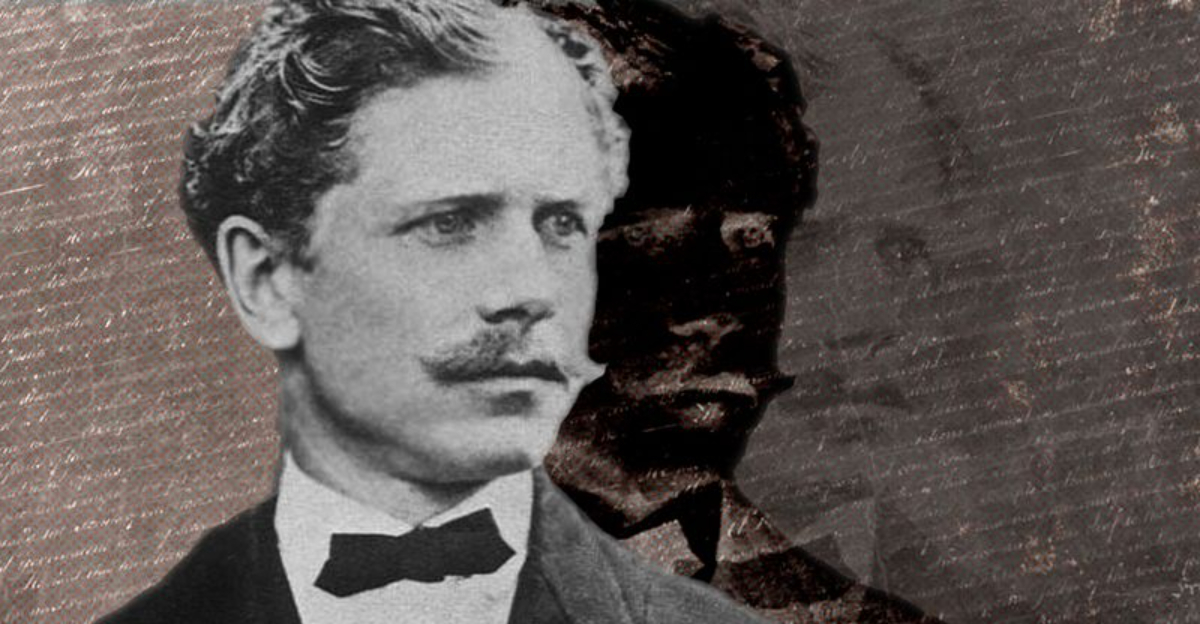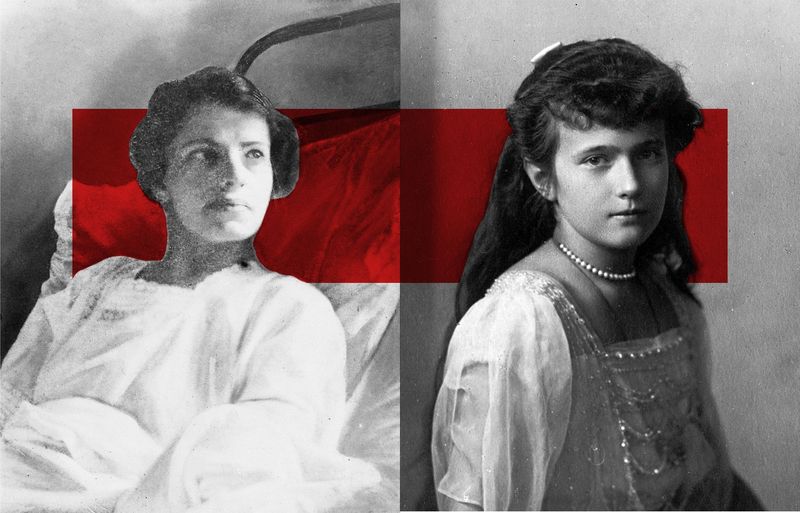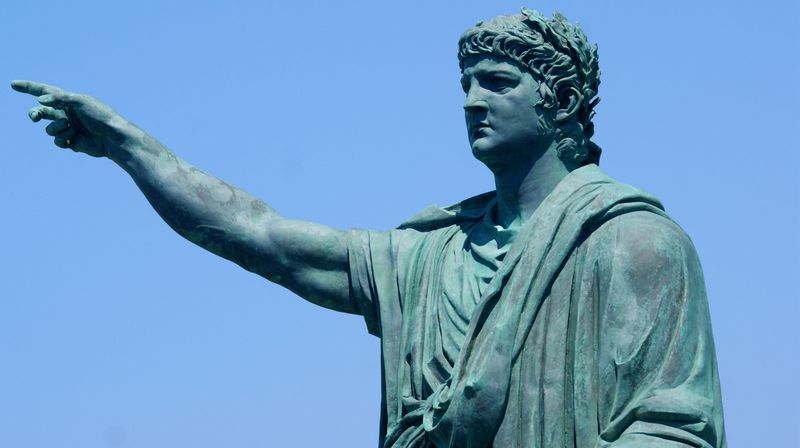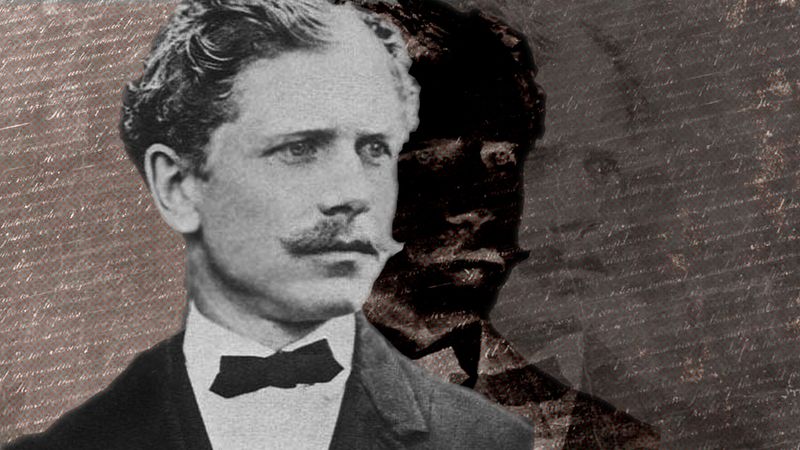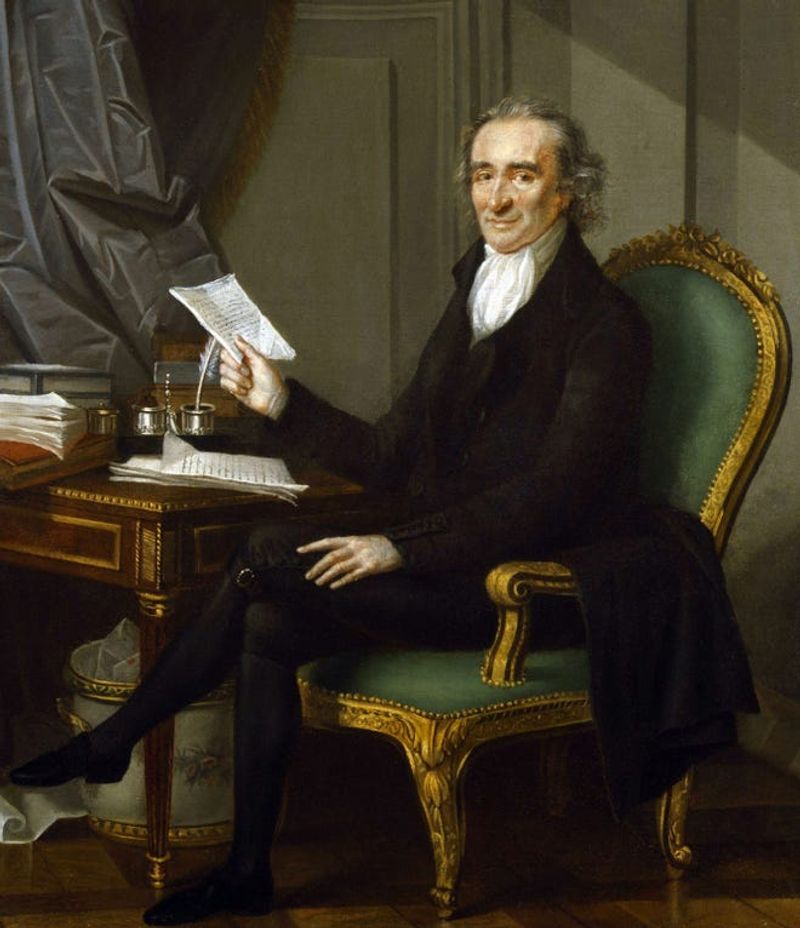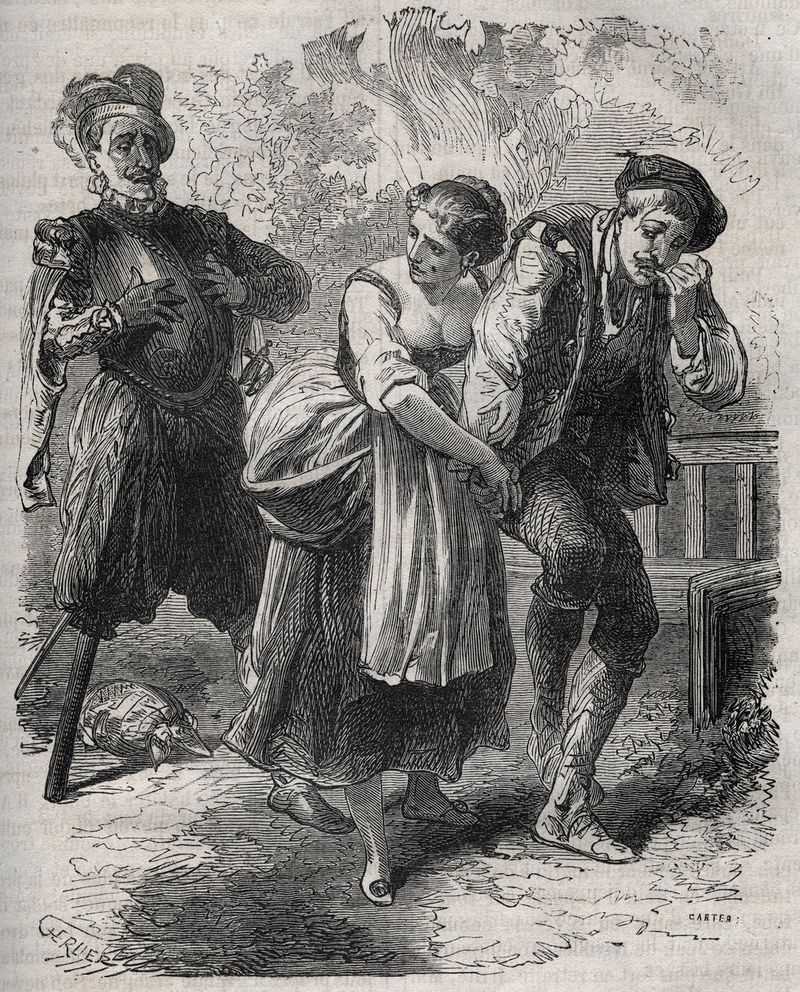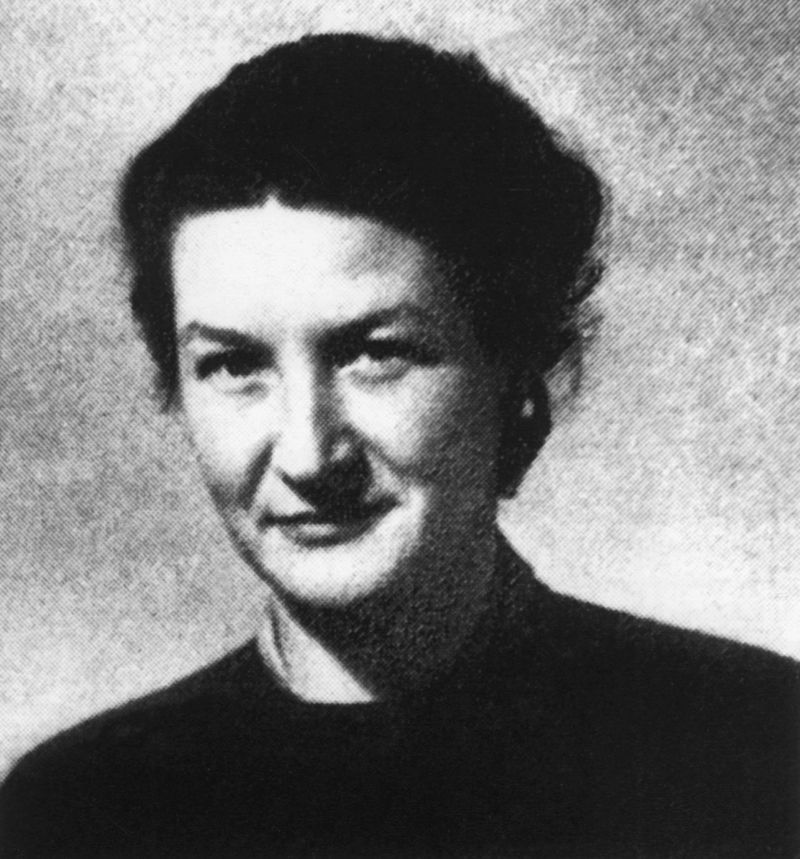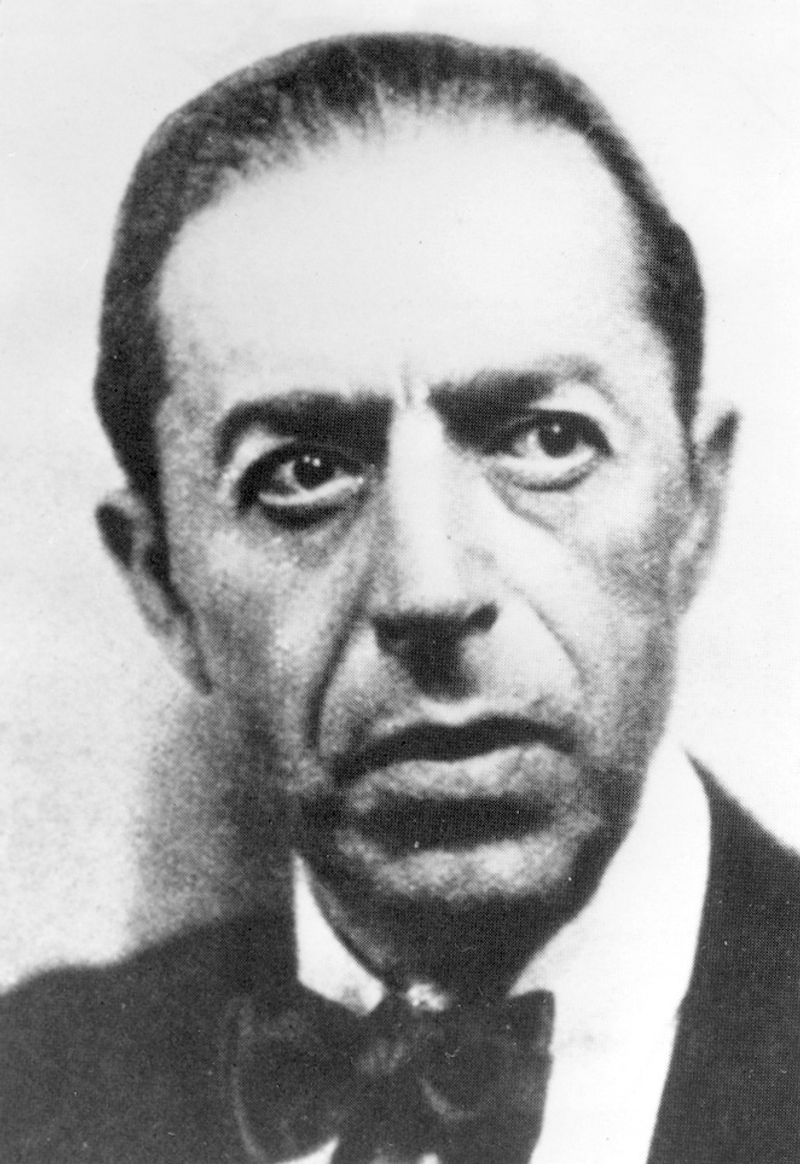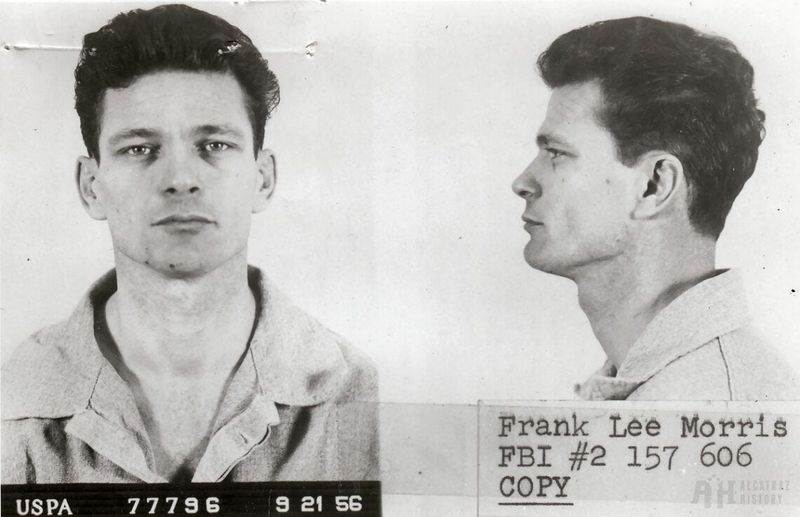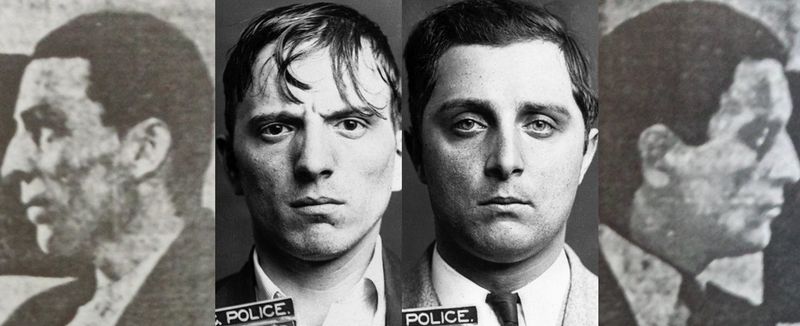Throughout history, certain individuals have attempted to leave their pasts behind by faking their own deaths. From rulers to criminals, these figures crafted elaborate schemes to escape their realities. While some were caught, others remain mysteries. Here are 15 fascinating stories of historical figures who faked their own deaths, capturing the imagination of generations.
1. King Sebastian of Portugal (1554–1578?)
Did King Sebastian really perish in battle? Legend says this young monarch vanished without a trace in the Moroccan sands. With his body never found, whispers of survival persisted. Over the years, several men claimed to be the lost king, feeding into the mythos of his return. Despite numerous “Sebastians” appearing across Europe, none could convincingly reclaim the throne. Portugal’s national psyche was deeply affected, yearning for the restoration of their king. His disappearance left a void in Portuguese history, contributing to the country’s complex narrative of succession and identity.
2. Grand Duchess Anastasia (1901–1918?)
The fate of Grand Duchess Anastasia captivated the world. Did she escape the tragic end of her family? Many hoped she had survived, embodying the resilience of the Romanovs. The most famous claimant, Anna Anderson, stirred public intrigue with her astounding story. However, DNA evidence later dashed hopes, proving she wasn’t the lost duchess. While Anastasia’s true end remains sealed in history, her legacy continues to inspire tales of royal endurance. Her mystique and tragic allure endure, a symbol of Russia’s turbulent past and its royal tragedy.
3. Emperor Nero (37–68 AD?)
Emperor Nero’s demise was as dramatic as his life. Fleeing rebellion, he supposedly ended his own life, yet rumors of escape persisted. Some claimed he sought refuge in the East, while others saw him in impostors who surfaced later. Despite these sightings, historians generally agree Nero died in 68 AD. Nevertheless, the tales of his survival fed into the lore of the “mad emperor.” His alleged escape remains a testament to the fascination with Rome’s tyrannical rulers, blending myth and reality in a compelling narrative of power and paranoia.
4. John Stonehouse (1925–1988)
British MP John Stonehouse’s story is a classic tale of deceit. In 1974, he vanished, leaving his clothes on a Miami beach to suggest drowning. However, his plot unraveled when he was discovered in Australia, living under an alias. The scandal rocked British politics, revealing his financial troubles. Stonehouse’s audacious attempt to escape his debts and responsibilities failed, marking him as a symbol of political intrigue. His downfall serves as a reminder of the lengths some go to avoid facing the consequences of their actions.
5. Frederic Bourdin (1974–Present)
Frederic Bourdin’s life is marked by deception. Dubbed “The Chameleon,” he assumed numerous identities, even faking his own murder. His notoriety grew as he impersonated missing children, duping families and authorities alike. Despite being caught over 50 times, Bourdin’s audacity knows no bounds. His actions highlight the vulnerabilities in systems meant to protect the missing. The chilling aspect of his story lies in his ability to manipulate those desperate for hope. Bourdin’s exploits remain a cautionary tale of identity manipulation and the human desire for connection.
6. Marcus Schrenker (1971–Present)
Marcus Schrenker’s escape attempt was straight out of a thriller. In 2009, after financial fraud revelations, he staged his death by parachuting from a plane he set to crash. Leaving a suicide note, he hoped to vanish without a trace. Yet, days later, authorities found him at a Florida campground. Schrenker’s story reflects the desperation of a man cornered by his own deceit. His capture underscored the perils of attempting to outrun one’s past, capturing public attention with its audacious plot and inevitable unraveling.
7. Ambrose Bierce (1842–1914?)
Ambrose Bierce, the acclaimed author, vanished into obscurity. In 1914, he traveled to Mexico, leaving behind a legacy of mystery. His disappearance fueled speculation, with some suggesting he faked his death. Bierce’s enigmatic end mirrors his literary works, filled with intrigue and irony. Despite no conclusive evidence, his case remains one of literature’s great unsolved mysteries. The absence of his body, coupled with his unique persona, ensures his story endures. Bierce’s vanishing act captures the imagination, blending fact and fiction in an unforgettable tale.
8. Agatha Christie (1890–1976)
Agatha Christie’s 1926 disappearance was as mysterious as her novels. For 11 days, the world speculated on her fate. Found at a hotel under a pseudonym, theories ranged from publicity stunt to personal crisis. Christie’s brief vanishing act captivated public imagination, mirroring the intrigue of her detective stories. While the truth remains elusive, her return was as understated as her departure was dramatic. The episode added an enigmatic chapter to her life, reinforcing her status as a master storyteller capable of creating suspense even in reality.
9. Thomas Paine (1737–1809?)
Thomas Paine, the revolutionary writer, was rumored to have faked his own death. His bones, exhumed and misplaced, added to the intrigue surrounding his final chapter. A provocative thinker, Paine’s life was marked by controversy and radical ideas. Although his supposed death deception remains speculative, it reflects his contentious legacy. The mystery of his remains symbolizes the unresolved aspects of his influence on political thought. Paine’s story, with its blend of myth and reality, underscores the enduring fascination with figures who challenge the status quo.
10. Martin Guerre (1524–1560?)
Martin Guerre’s tale is one of mistaken identity and intrigue. After disappearing from his French village, an impostor assumed his life for three years. The ruse ended when the real Guerre returned, igniting a sensational trial. This case became emblematic of identity and deception in rural France. The bizarre nature of the situation, combined with its implications on personal and social levels, continues to captivate audiences. Guerre’s story reminds us of the complexities of human identity and the lengths to which individuals might go to redefine themselves.
11. Virginia Hall (1906–1982)
Virginia Hall, the elusive spy, faked her death not once, but twice, to evade Nazi capture. Her operations during WWII exemplified courage and cunning. Known as “The Limping Lady” due to her prosthetic leg, Hall’s espionage feats are legendary. Her ability to deceive and survive made her one of the Allies’ most valuable agents. She exemplified resilience and ingenuity, qualities that earned her lasting recognition. Hall’s daring exploits, cloaked in secrecy and bravery, reflect the extraordinary lengths spies undertook during wartime espionage.
12. Sidney Reilly (1873–1925?)
Sidney Reilly, dubbed “The Ace of Spies,” allegedly met his end in the USSR. However, rumors of his escape persisted, feeding into the mythos surrounding his life. Reilly’s exploits in espionage are well-documented, but his supposed death remains shrouded in mystery. Soviet records eventually confirmed his execution, yet the enigma of his life endures. Reilly’s story encapsulates the shadowy world of espionage, where truth and fiction often blur. His legacy as a master spy continues to intrigue those fascinated by the covert operations of the past.
13. John Darwin (1950–Present)
John Darwin, the “Canoe Man,” committed one of the most infamous insurance scams. Declared dead after supposedly drowning in 2002, he was later found alive in Panama. His wife, who feigned mourning, was complicit in the fraud. Their elaborate scheme unraveled, leading to a sensational legal battle. Darwin’s audacious attempt to escape financial troubles made headlines, highlighting the extremes of human deceit. His story is a stark reminder of the consequences of greed and the implausible schemes people concoct to escape accountability.
14. Frank Morris (1926–1962?)
Frank Morris’s escape from Alcatraz remains legendary. Vanishing in 1962 with two accomplices, their fate is unknown. Officially presumed drowned, some believe they survived the treacherous waters. Morris, with his high IQ, masterminded the daring breakout. The mystery endures, fueling speculation and intrigue. His story symbolizes the allure of the ultimate escape, challenging perceptions of the inescapable prison. Whether he perished or lived in obscurity, Morris’s audacious act captivates those enthralled by tales of ingenuity and rebellion against the odds.
15. Michael Malloy (1873–1933?)
Michael Malloy’s tale is one of resilience. Known as “Mike the Durable,” he survived multiple murder attempts by a group seeking insurance money. Poisoning, freezing, and even a hit-and-run failed to kill him. Eventually, they succeeded, but not without a struggle. Malloy’s indomitable spirit turned him into a legend, embodying the fight for survival against grim odds. His story, filled with dark humor and irony, underscores the human capacity for endurance. Malloy’s extraordinary life and death continue to fascinate those drawn to tales of improbable survival.
